Photo
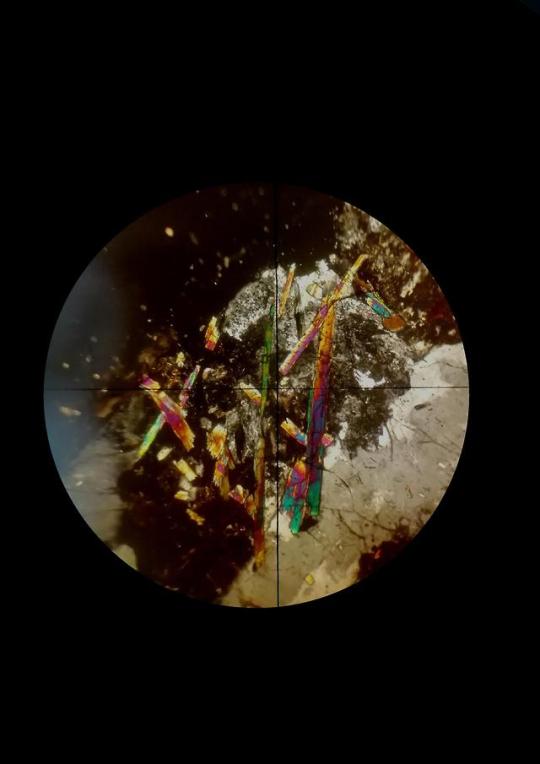
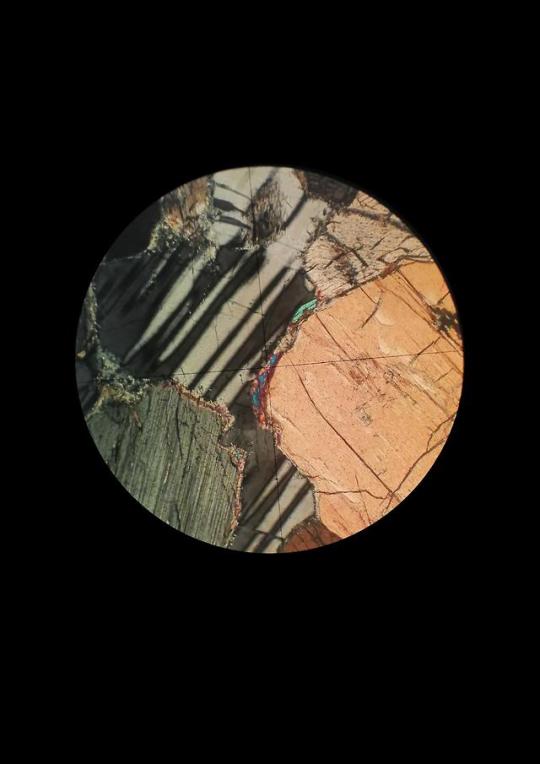

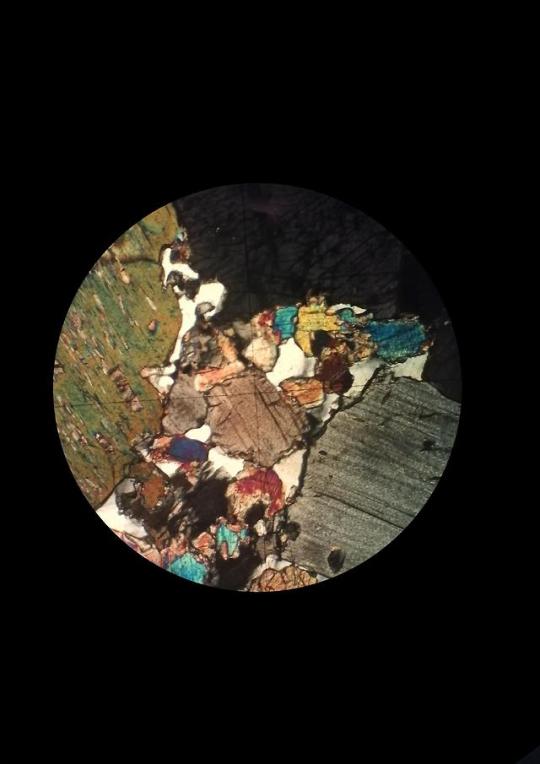

My petrography course is over.
#petrography#petrology#mineral#mineralogy#plagioclase#basalt#bytownite#aegirine#thin section#lab#microscope#photo#geology#studyblr#rocks
652 notes
·
View notes
Photo



Meimechite in thin section. Replacement of olivine by serpentine.
#geology#petrography#thin section#mineral#olivine#serpentine#rocks#mineralogy#microscope#petrology#lab#laboratory#studyblr
236 notes
·
View notes
Photo

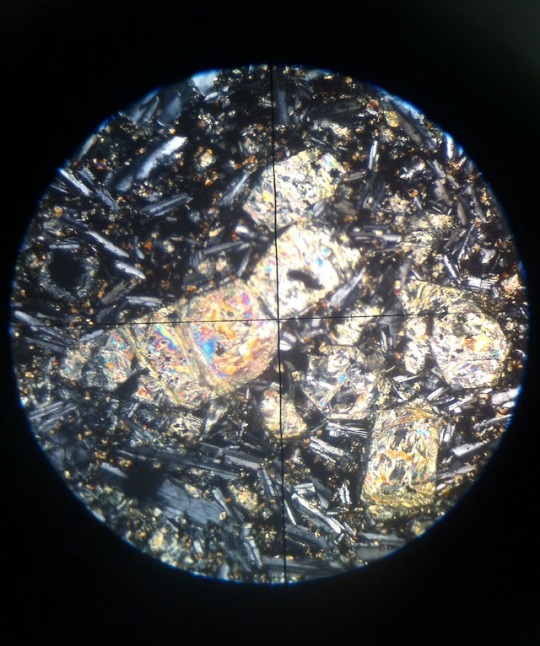
Petrography day.
Basalt in thin section.
278 notes
·
View notes
Photo
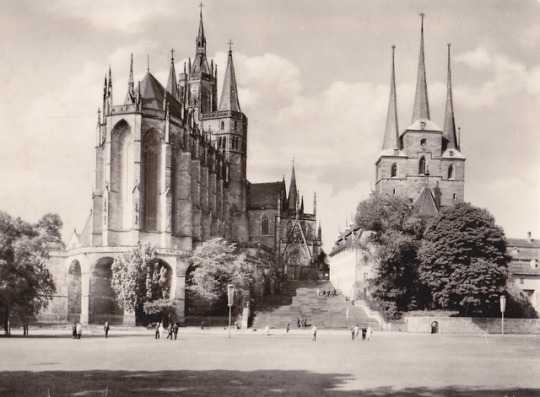

Erfurt. St Mary's Cathedral and St Severus' Church on Domberg hill. 1970s
+
Carl Hasenpflug - The Erfurt Cathedral (1827)
The late Gothic Cathedral with its high-Gothic choir replaced the church built on this site for Bishop Boniface in 742. The central tower houses the "Gloriosa", the world's largest medieval free-swinging bell, which is over 500 years old.
The Church of St Severus, a five-naved early Gothic hall church, was a collegiate church for the regular canons of St. Augustine during the 12th century.
Around the Cathedral Square, many historical buildings survived the artillery attack of 1813 and numerous city fires. Among these are the "Grüne Apotheke" (Green Pharmacy) of the 18th century and the "Haus zur hohen Lilie" (High Lily House) of 1538.
(Source)
#postcard#old postcard#vintage#Vintage Postcard#Retro#germany#deutschland#erfurt#Architecture#old photo#photography#church#Black and White#1970s
8 notes
·
View notes
Photo
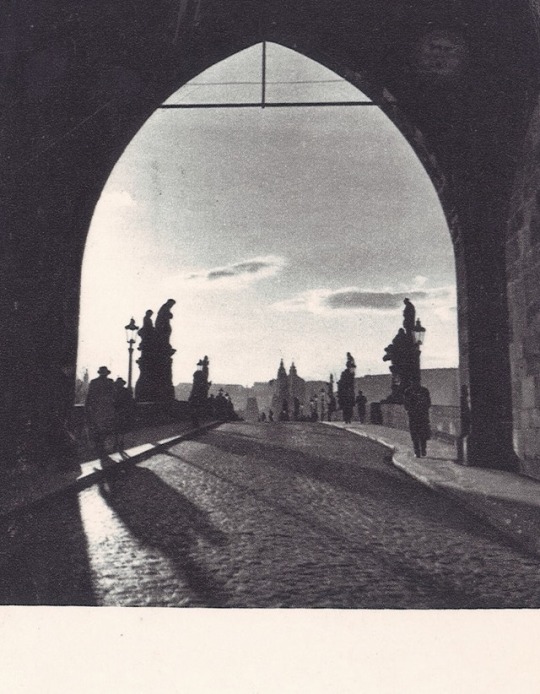
View through the arch of the Old Town Bridge Tower . Prague, Czechoslovakia, 1960s
The Old Town Bridge Tower forming the entry gate from Charles Bridge to the Old Town is one of the largest and most beautiful Gothic gates of Europe and, simultaneously, an excellent mixture of functionality and top aesthetic approach. It had been the centre of the bridge defence and defence of the Old Town, as well as the centre of the visual impact of the bridge and symbol of majesty of the Czech Kingdom and Roman Empire, and a permanent symbol of connection between the royal and religious reign and the universe order. The Tower is divided symbolically into four spheres of heaven (the earthly sphere, the lunar sphere, the solar sphere, and the star sphere), which correspond to four elements according to the Aristotle’s teachings (earth, water, air, and fire) and to the medieval idea of the social arrangement (workmen, secular estate, clergy, and the ruler). The Tower had been built of sandstone blocks in the late 14th century (the construction had probably begun simultaneously with the bridge founding).
(Source)
#postcard#old postcard#Vintage Postcard#vintage#czech republic#prague#Architecture#black and white#photography#old phography#czechia#czechoslovakia#1960s
3 notes
·
View notes
Photo

Berlin, Ost-West-Achse und Charlottenburger Brücke, 1950s(?)
#postcard#old postcard#Vintage Postcard#vintage#berlin#germany#deutschland#1950s#old photo#old phography#photography#Architecture#history
1 note
·
View note
Photo
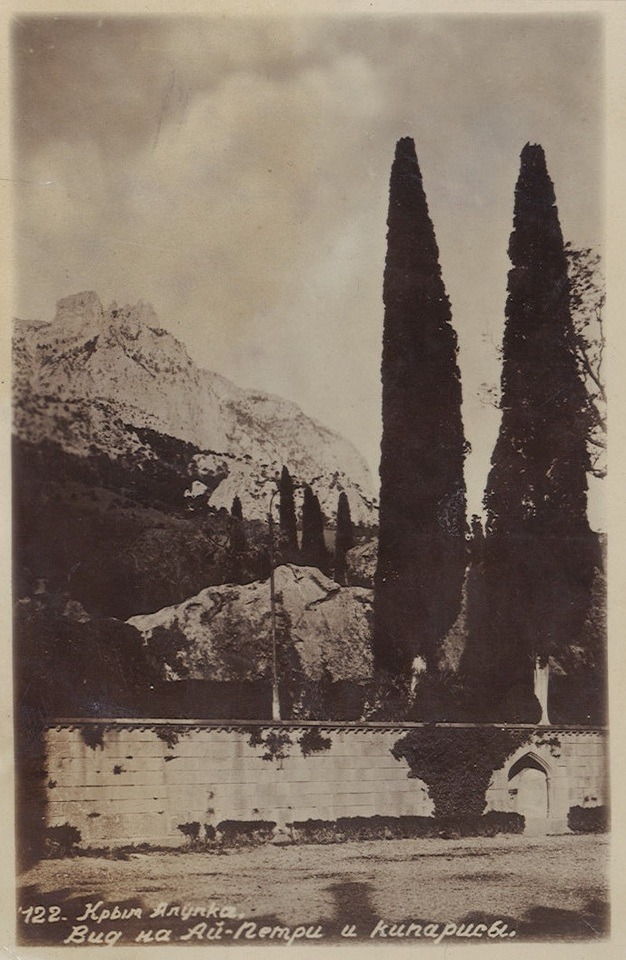
View of Ai-Petri and cypresses. Alupka. Crimea. 1938
#postcard#old postcard#vintage#crimea#soviet#ussr#1930s#Alupka#landscape#view#old phography#old photo
1 note
·
View note
Photo
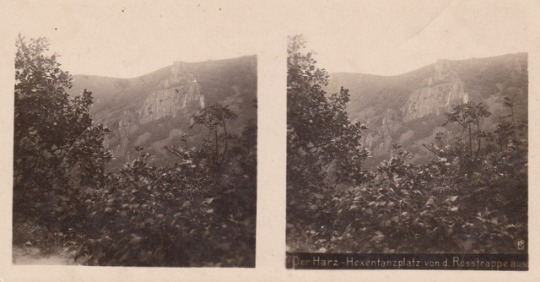
Der Harz Hexentanzplatz von d. Rosstrappe aus
#postcard#old postcard#vintage#stereocard#stereoscopic#old phography#photography#stereo photography#germany#nature#landscape#1900s#view
1 note
·
View note
Photo

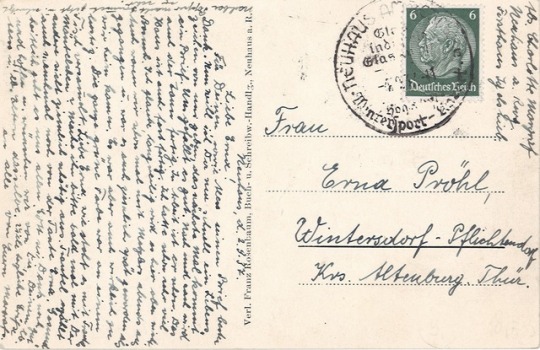
Höhenluftkurort Neuhaus a. R. 835 m ü. M. Wächtersgrund, 1937
#postcard#postkarte#old postcard#Vintage Postcard#germany#deutschland#Forest#landscape#view#photography#old phography#1930s#nature#wood#vintage
4 notes
·
View notes
Photo

View of Toompea hill from the Snelli pond, Tallinn, Estonia.
#postcard#vintage#Vintage Postcard#estonia#tallinn#europe#unesco#toompea#old postcard#landscape#architecture#eesti
23 notes
·
View notes
Photo

Kislovodsk. Lermontov waterfall on the Olkhovka River. 1961
It's believed that this waterfall is mentioned by Mikhail Lermontov in novel "A Hero of Our Time". It's place where the main character Pechorin fed his horse after a walk in the mountains.
#postcard#old postcard#Vintage Postcard#vintage#retro#ussr#soviet#Russia#landscape#waterfall#old phography#photography#photo#1960s#kislovodsk#history#lermontov#literature#a hero of our time
6 notes
·
View notes
Photo

Siemianowice.1950s(?)
Fragment placu Wolności z pomnikiem Wdzięczności
na pierwszym planie.
fot. T.Hermańczyk
1 note
·
View note
Photo
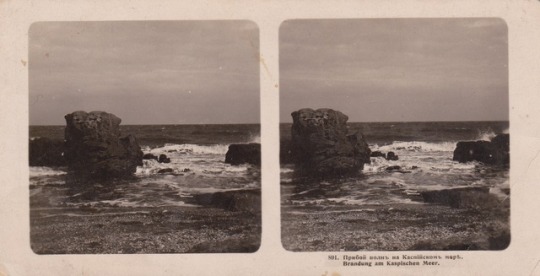
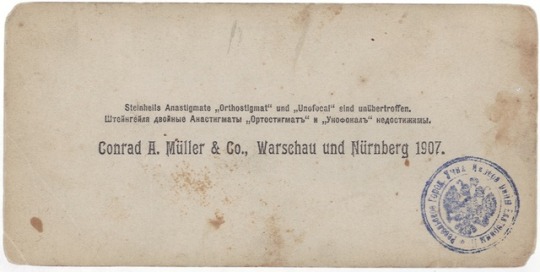
Waves in the Caspian Sea, 1907
Stereoscopic card
#postcard#old postcard#Vintage Postcard#Russia#russian empire#1900s#caspiansea#sea#photography#old phography#waves#stereoscopic#stereo photography
0 notes
Photo
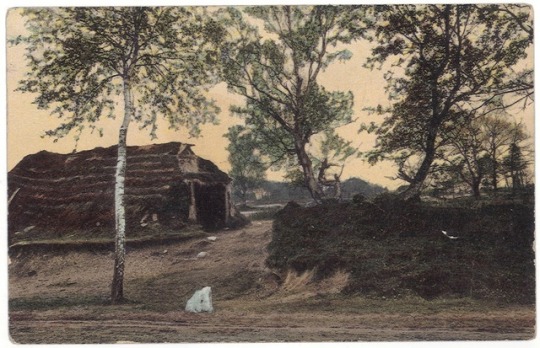
Auf der Friesoyther Heide, 1911
0 notes
Photo
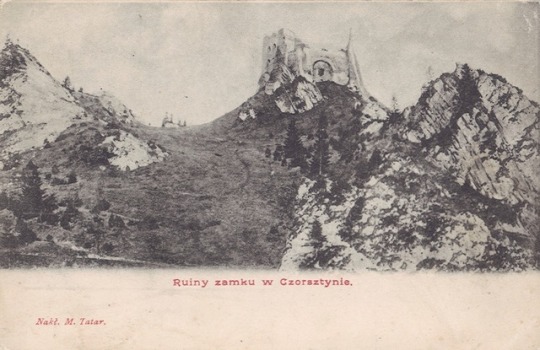
The ruins of Czorsztyn castle,Poland. 1904(?)
The ruinous Czorsztyn castle, once a Polish border fortress, still stands out high above the Dunajec. Tradition has it that the Polish king Bolesław the Chaste (Bolesław Wstydliwy, 1226-1279) and his wife Saint Kinga, daughter of King Béla IV of Hungary, took refuge here during the Mongol onslaught of 1241. The castle received a number of other distinguished guests, including King Louis the Great of Hungary, who stopped here on his way to Cracow in 1370, and Saint Jadwiga, Louis' daughter and future queen of Poland, who stayed here in 1384. In 1790 the castle was struck by lightning and burnt to the ashes; since then it has been in ruins.
(Source)
#postcard#old postcard#vintage postcard#poland#polska#castle#ruins#old phography#history#1900s#poland history
1 note
·
View note
Photo
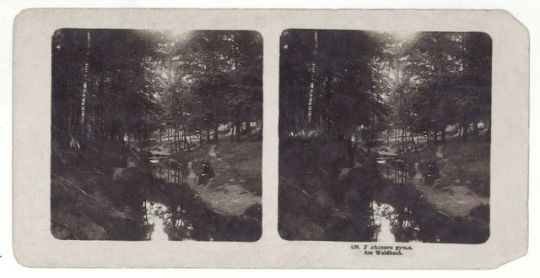
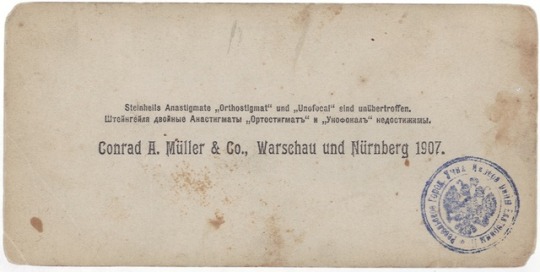
“A forest stream”, 1907. Stereoscopic card.
#postcard#old postcard#vintage postcard#1910s#Russia#russian empire#photo#photography#old phography#stereoscopic#stereo photography#Forest#stream#landscape
0 notes
Photo
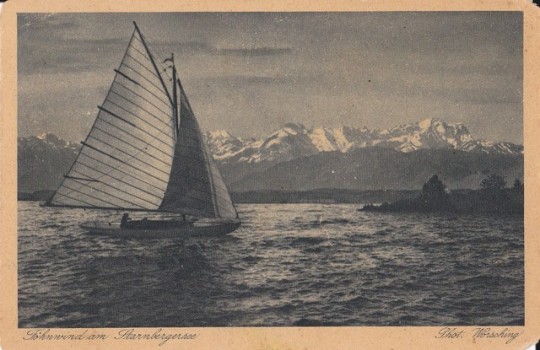
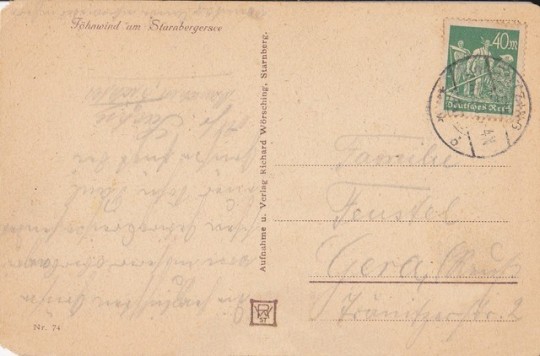
‘Föhnwind am Starnbergersee’, 1936(?)
0 notes